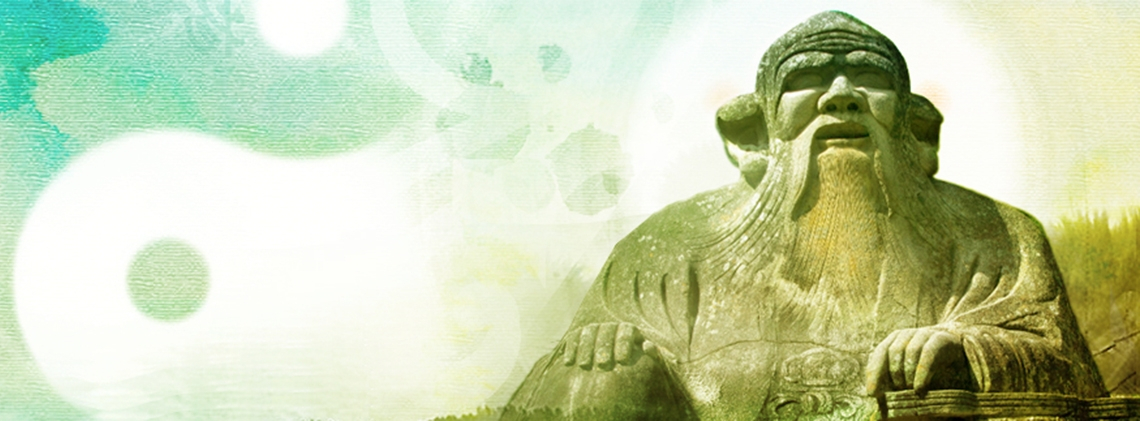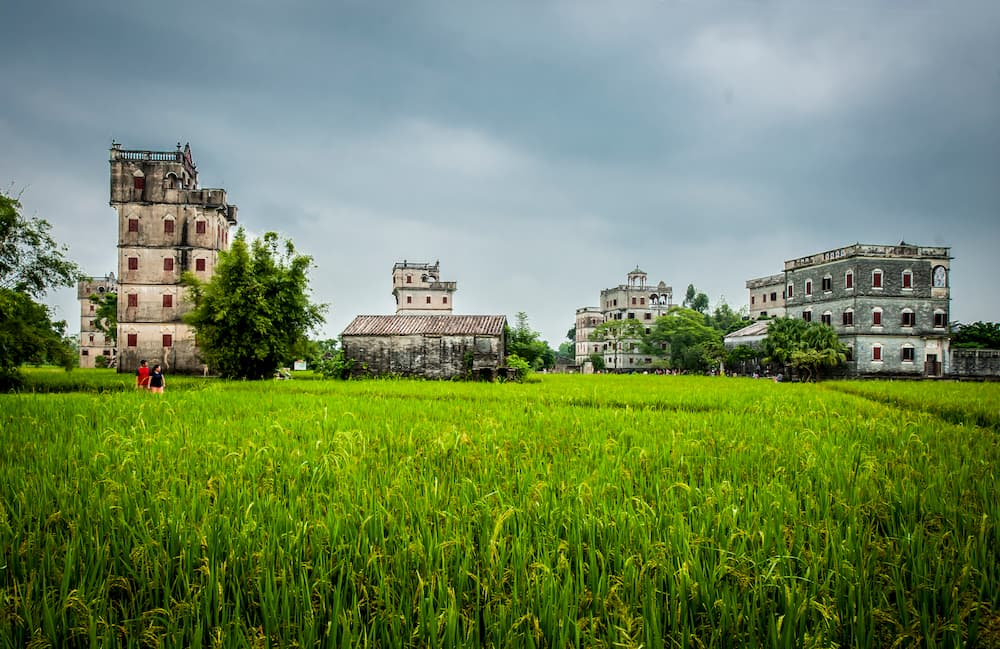
Wudang Mountains
Splendid
Chi Culture
Topic
Wudang Mountains
China is rich in mountains noted for their distinct character and inspiring spirituality. Among the most celebrated of these are the Wudang Mountains. Located in the hinterlands of northwest Hubei province, far from the major population center of Wuhan, they are situated at the county-level city Danjiangkou, under the jurisdiction of the prefectural level city Shiyan. This is a region of great natural beauty, abutting the vast primeval forest of the Shennongjia Nature Reserve and now further enhanced by the broad stretch of blue water of the Taiji Lake at the foot of the Wudang mountains, a result of the Danjiankou Reservoir created by the construction of the Danjiakou Dam. Range upon range of cloud and mist-bedecked mountains create a splendidly varied landscape: high and precarious; forceful and majestic; deep and serene; delicate and elegant. Within an area of about 321 square kilometers (123.9 square miles) the Wudang Mountains embrace 72 peaks including 36 cliffs and 24 mountain streams, not to mention also housing countless Daoist monasteries.
Wudang has had an amazingly strong influence on the culture of China, particularly in the realms of Daoism, music, architecture, painting and sculpture, the martial arts, food, and folklore; their continuity and development are intimately connected to its geographic setting of natural wonders which stimulate a spirituality which pervades the region.
The propagation of Daoism emanating from Wudang made it a center of Daoist culture. Without Wudang, Daoism and its “immortals” would have been rootless, unable to thrive to the extent they did. However, without Daoism, Wudang would have remained unknown. In China it is said “No matter how high the mountain is, its name will spread far and wide if there is an immortal,” and this is certainly the case with “Wudang, Mountain of Immortals.”
Music is inextricably linked to Wudang Daoist culture. It is considered by many to be the most significant component within Wudang’s Daoist cultural heritage. The Daoist music of Wudang manifests the mighty and vigorous character of the ancient music of Ba (modern Chongqing) and Chu (the area of modern Yichang, Hubei), but also displays the elegant charm of later court music and is sometimes subtly inspiring, sometimes solemnly refreshing; it is highly valued.
Wudang architecture was based on the principles of building that had evolved in ancient China and was eventually undertaken on a grand scale. It consisted of more than 500 Daoist monasteries and temples with over 20,000 rooms dating from the Tang dynasty (618–907) through the Qing dynasty (1644–1911), and achieved particular momentum during the Ming dynasty (1368–1644). The Daoist pursuit of harmony between humanity and nature as embodied in various magnificent wooden structures enveloped in incense placed among forested peaks veiled in clouds and mist does not diminish the essence of the mountains, but rather increases their charisma and even enhances their appearance.
The visual culture of Wudang encompasses paintings, stone carvings, and sculptures. The resulting artwork can be quite lifelike, with distinctive features gracefully formed, and of high aesthetic value. Of particular note is the metal statuary. There are currently over 1,700 statues, of which more than 450 are bronze and over 530 are iron found at sites within the mountains. Of superb quality, they were finely fabricated models of artistic excellence.
The long standing and well established martial arts culture of Wudang dates back at least to the Song dynasty (960–1279). This is extraordinarily good exercise for bodybuilding and also for spiritual cultivation. Its tenets include overcoming hardness with softness, coping with all motions by remaining motionless, refining breath and contemplation, tempering force with grace, and cultivating internally and externally. Possessing a combination of fast and slow, firm but gentle action, Taijiquan (T‘ai-Chi Ch‘üan) is considered the representative Wudang martial art. It is now beloved by people all over the world with nearly 500 million regular participants.
Rich in content, Wudang food culture amalgamates within itself aspects of Daoism and traditional beliefs about healthful nutrition as well as experiential knowledge derived from court life and the lore of its Hanjiang River locale not to mention other time-tested relevant information from China’s past. Its goal is healthful sustenance. Tastes are fresh and mellow and are achieved through reliance on natural ingredients like health-enhancing greens. Wudang Cuisine is noted for its nutritious snacks and vegetarian dishes; these local specialties have received acclaim both in China and abroad.
A land propitious for fostering great talents, the Wudang Mountains came to be a place for those intent on contemplation of heaven and earth and seeking out the essence of the universe as contained within certain natural materials, among them various plants. Indeed this region is a repository of medicinal herbs utilized in traditional Chinese medicine. Wudang folk culture has some distinct features among them veneration of the deity Zhenwu (Perfected Warrior) in Daoist establishments within the mountains ordered built by the Ming dynasty Yongle emperor (1360–1424, r. 1402–1424). Thus Wudang associated with this god has become a place of continual pilgrimage. During important festivals and holidays including the birthdays of important figures (such as deities or founding clergy) celebratory rituals were held at the major monasteries and temples within the mountains.
“Every five li a hermitage, and every 10 li a temple, / Red walls with peacock green tiles glittering and glistening; / Towers faintly descried in an aura of gold and silver; wooded mountains wind about as in a painted mirror.”Such were the words of the late Ming literatus, Hong Yisheng (fl. 1598) in praise of Wudang’s ancient architectural complex. With its integration of wonderful natural landscape and rich cultural tradition, the mountains have long been regarded as a “Daoist Paradise” of unrivaled scenic beauty eliciting endless fascination, the site of the world’s premier celestial peaks, and a dwelling place of the immortals. Among China’s most precious and prestigious scenic spots, the Ancient Building Complex in the Wudang Mountains was inscribed in 1994 on the UNESCO World Heritage List.
Wudang is one of the treasures of world culture as well as of natural heritage, a place to experience spirituality in a setting showcasing an ever-changing landscape. They should be cherished and preserved for the appreciation and benefit of future generations of visitors whether from China or elsewhere in the world. They well deserve their world renown.







